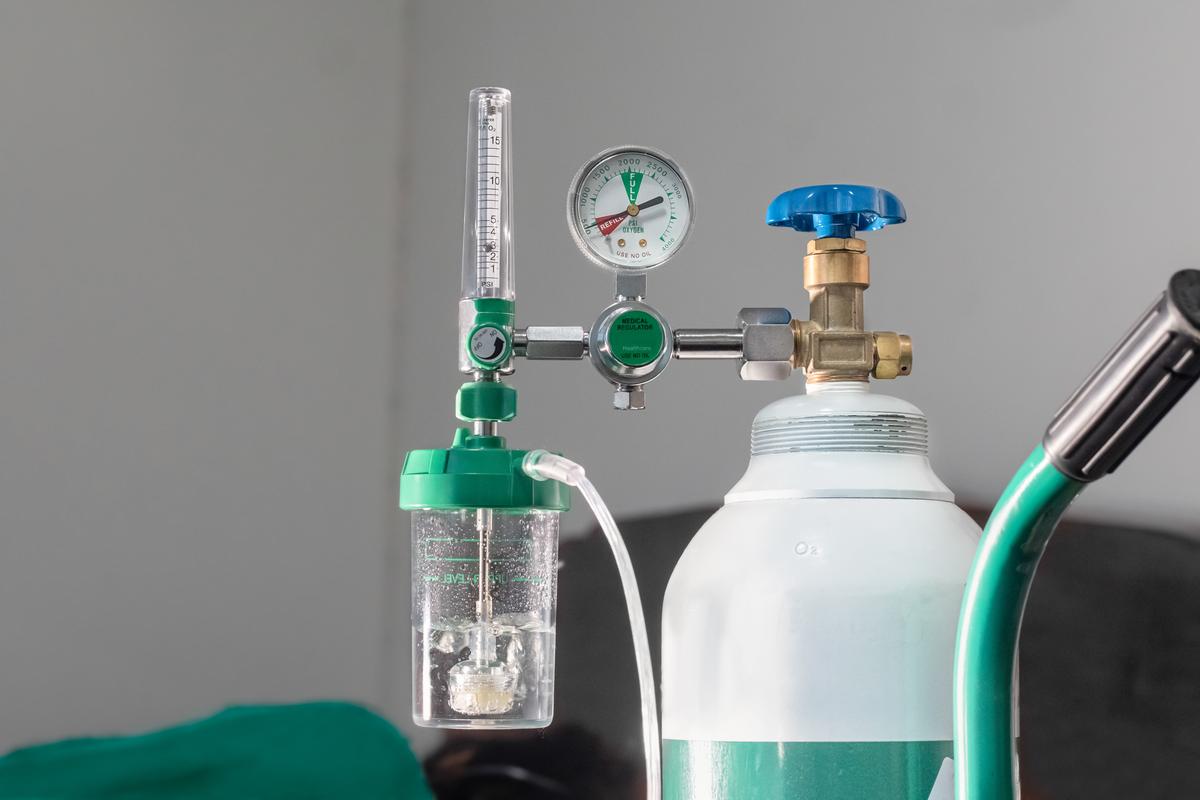In medical equipment, oxygen tanks play a vital role in ensuring the well-being of patients with respiratory issues. Understanding how to use an oxygen tank correctly is crucial for patients, their caregivers, and healthcare providers. This comprehensive guide will walk you through the ins and outs of using an oxygen tank effectively, from setup to safety precautions. So, let’s dive into oxygen therapy and learn how to make the most of this life-saving device.
Understanding Oxygen Therapy
Before we delve into the specifics of using an oxygen tank, we must understand the basics of oxygen therapy. Oxygen therapy is a medical treatment that provides additional oxygen to individuals who have difficulty breathing on their own. It’s commonly prescribed for conditions such as chronic obstructive pulmonary disease (COPD), pneumonia, and severe asthma.
Oxygen therapy helps increase the level of oxygen in the blood, which can alleviate symptoms like shortness of breath and fatigue. It’s a critical treatment method that can significantly improve the quality of life for patients with respiratory disorders.
Types of Oxygen Cylinders
Oxygen tanks come in various sizes and types, each designed for specific purposes. The most common types include:
- Compressed Oxygen Tanks: These tanks store oxygen in a highly pressurized form. They are available in different sizes, from small portable tanks to large stationary ones.
- Liquid Oxygen Tanks: Liquid oxygen is stored at extremely low temperatures, making it highly compact. These tanks are often used for patients who require continuous oxygen flow.
- Portable Oxygen Concentrators: While not tanks in the traditional sense, these devices are portable and concentrate oxygen from the surrounding air.
Setting Up Your Oxygen Cylinder
Proper setup of your oxygen tank is crucial for its effective use. Here are the steps to follow:
- Gather Your Supplies: Before you start, make sure you have all the necessary supplies, including the oxygen tank, oxygen tubing, nasal cannula, and a regulator.
- Inspect the Tank: Check the tank for any damage or leaks. It’s essential to ensure that your tank is in good condition.
- Attach the Regulator: The regulator controls the tank’s oxygen flow. Securely attach it to the tank valve, following the manufacturer’s instructions.
- Connect the Tubing: Connect one end of the oxygen tubing to the regulator and the other to the nasal cannula or oxygen mask.
Using Your Oxygen Cylinder
Now that your oxygen tank is set up correctly, it’s time to learn how to use it:
- Start the Flow: Turn on the oxygen cylinder by opening the valve on the regulator. The flow rate should be set as prescribed by your healthcare provider.
- Wear the Nasal Cannula or Mask: Place the nasal cannula over your nose and secure it. If you’re using an oxygen mask, position it over your nose and mouth.
- Breathe Normally: Inhale and exhale normally while the oxygen flows through the tubing. Make sure the tubing isn’t kinked or blocked in any way.
Caring for Your Oxygen Cylinder
Proper maintenance of your oxygen tank is essential to ensure its longevity and safety. Here are some tips:
- Store Safely: Oxygen tanks should be stored upright in a well-ventilated area, away from heat sources, open flames, or direct sunlight.
- Keep Spare Tanks: Always have a backup oxygen tank ready in emergencies or if your primary tank runs out.
- Regular Checkups: Schedule regular checkups with your healthcare provider to monitor your oxygen therapy and tank condition.
Safety Tips
Safety should be your top priority when using an oxygen cylinder:
- No Smoking: Never smoke or allow others to smoke around you while using an oxygen tank. Oxygen is highly flammable.
- Avoid Oil-Based Products: Keep oil-based products, such as petroleum jelly, away from your face when using oxygen. They can ignite easily.
- Ventilation: Ensure proper ventilation in the room to prevent the accumulation of oxygen, which can lead to a fire hazard.
- Emergency Plan: Have a clear emergency plan, including knowing how to turn off the oxygen supply in case of a leak.
Conclusion
Understanding how to use an oxygen tank is crucial for individuals with respiratory conditions. Following the steps outlined in this guide and prioritizing safety, you can make the most of your oxygen therapy and improve your quality of life. Always consult your healthcare provider for personalized guidance on your oxygen therapy regimen.
Using an oxygen cylinder doesn’t have to be daunting; with the right knowledge and precautions, you can breathe easier and lead a fulfilling life. If you have any further questions or concerns about oxygen therapy, don’t hesitate to contact your healthcare professional. Your well-being is our top priority.

